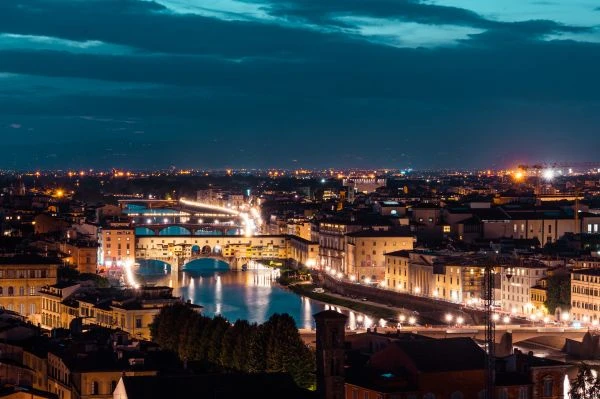Few literary creations resonate as deeply across cultures and generations as The Nightingale's Song, Hans Christian Andersen's poignant masterpiece that transcends its fairy tale origins to become a meditation on authenticity, art, and the human condition. Having recently revisited this 1843 gem in its original English translation, I'm struck by how its layered symbolism speaks with renewed urgency to our algorithm-driven era where artificial perfection often overshadows organic beauty.
The Nightingale's Duality: Nature Versus Mechanization
Andersen's narrative pivots on the contrast between the living nightingale—whose imperfect yet soul-stirring melodies emerge from genuine experience—and the jewel-encrusted mechanical replica that ultimately fails to console the dying emperor. This central metaphor gains startling relevance when applied to contemporary debates about AI-generated art versus human creativity. The real nightingale's willingness to sing for fishermen and peasants, then transform tears into crystalline notes at death's doorstep, illustrates how true artistry flourishes in connection with lived reality rather than sterile perfection.

Musical Authenticity in a Digital Age
Modern readers will recognize parallels in today's autotuned music industry or ChatGPT-authored literature. The emperor's initial preference for the clockwork bird's predictable, flawless repetitions mirrors our cultural obsession with algorithmic consistency—until crisis reveals its hollow core. Andersen's description of the mechanical bird's malfunction ("the spring was cracked") serves as a prescient warning about technology's fragility when divorced from emotional truth.

Sacrificial Artistry: The Nightingale as Christ Figure
Beneath the surface simplicity lies profound Christian symbolism. The nightingale's return to sing for the repentant emperor—despite having been banished—echoes themes of unconditional love and redemption. Its willingness to press its breast against the sword of Death until the blade melts evokes crucifixion imagery, suggesting that transformative art requires vulnerability. This interpretation gains weight when considering Andersen's personal struggles; the illegitimate son of a washerwoman, he channeled his outsider perspective into stories that comforted while challenging social hierarchies.

Eastern Influences and Cross-Cultural Harmony
Often overlooked is how Andersen blended European folklore with Chinese aesthetic philosophy. The imperial garden setting reflects 19th-century European fascination with chinoiserie, yet the nightingale's role as spiritual guide aligns with Daoist concepts of natural harmony. This cultural synthesis feels remarkably progressive for its time, offering a model for artistic cross-pollination that feels urgently needed in our polarized world.
Returning to The Nightingale's Song after years, I'm struck by how its 5,000 words distill eternal truths about artistic integrity. In an age where Spotify streams quantify success and NFTs commodify creativity, Andersen's nightingale reminds us that the most powerful art emerges from uncalculated moments of human connection—its value measured not in imperial favors or golden slippers, but in its capacity to make death itself pause and listen. This slender story, like the nightingale's song, grows richer with each encounter, its melodies lingering long after the final page turns.


 相关文章
相关文章




 精彩导读
精彩导读




 热门资讯
热门资讯 关注我们
关注我们
